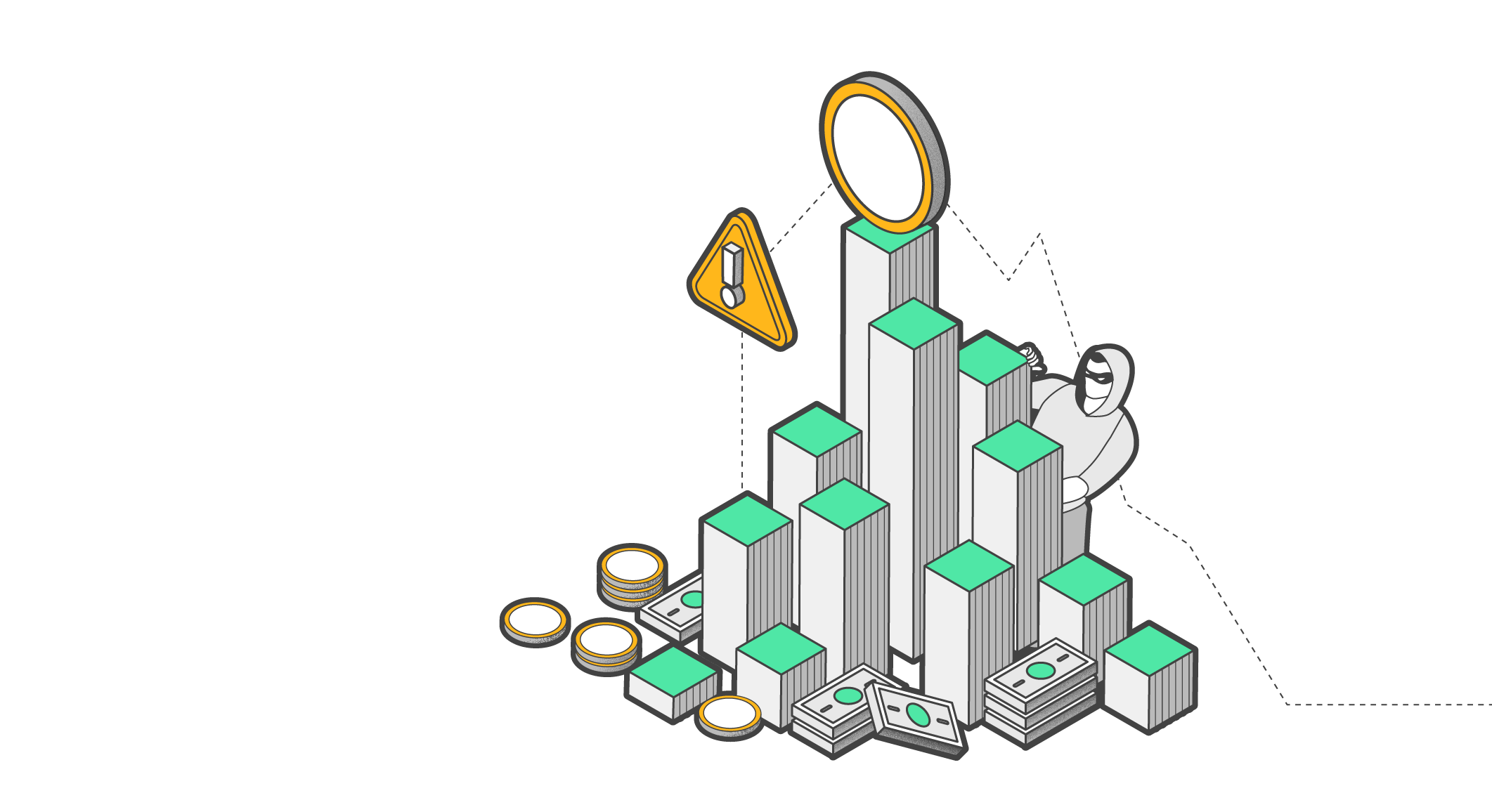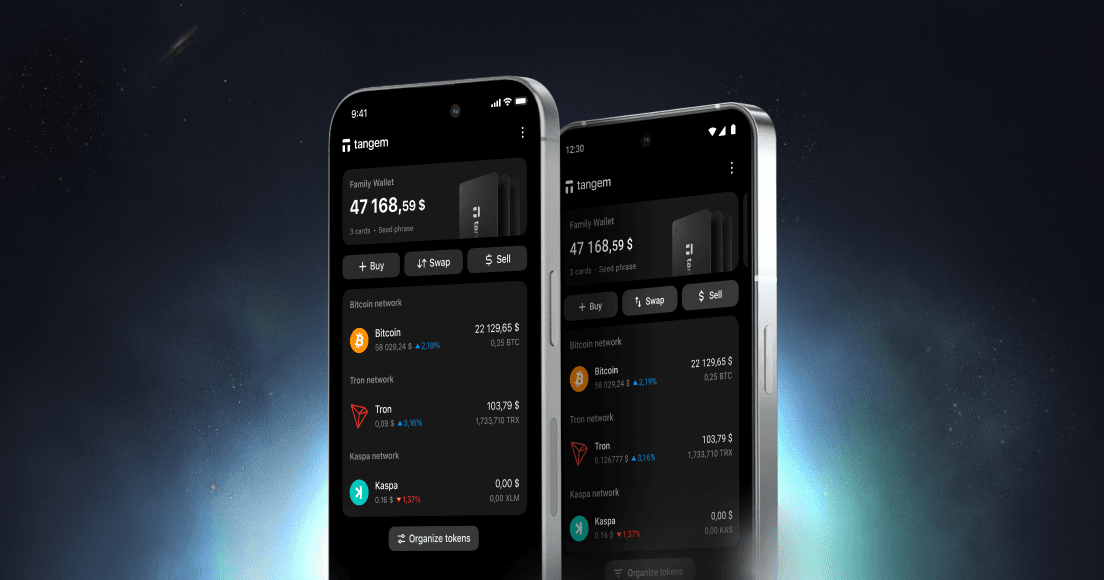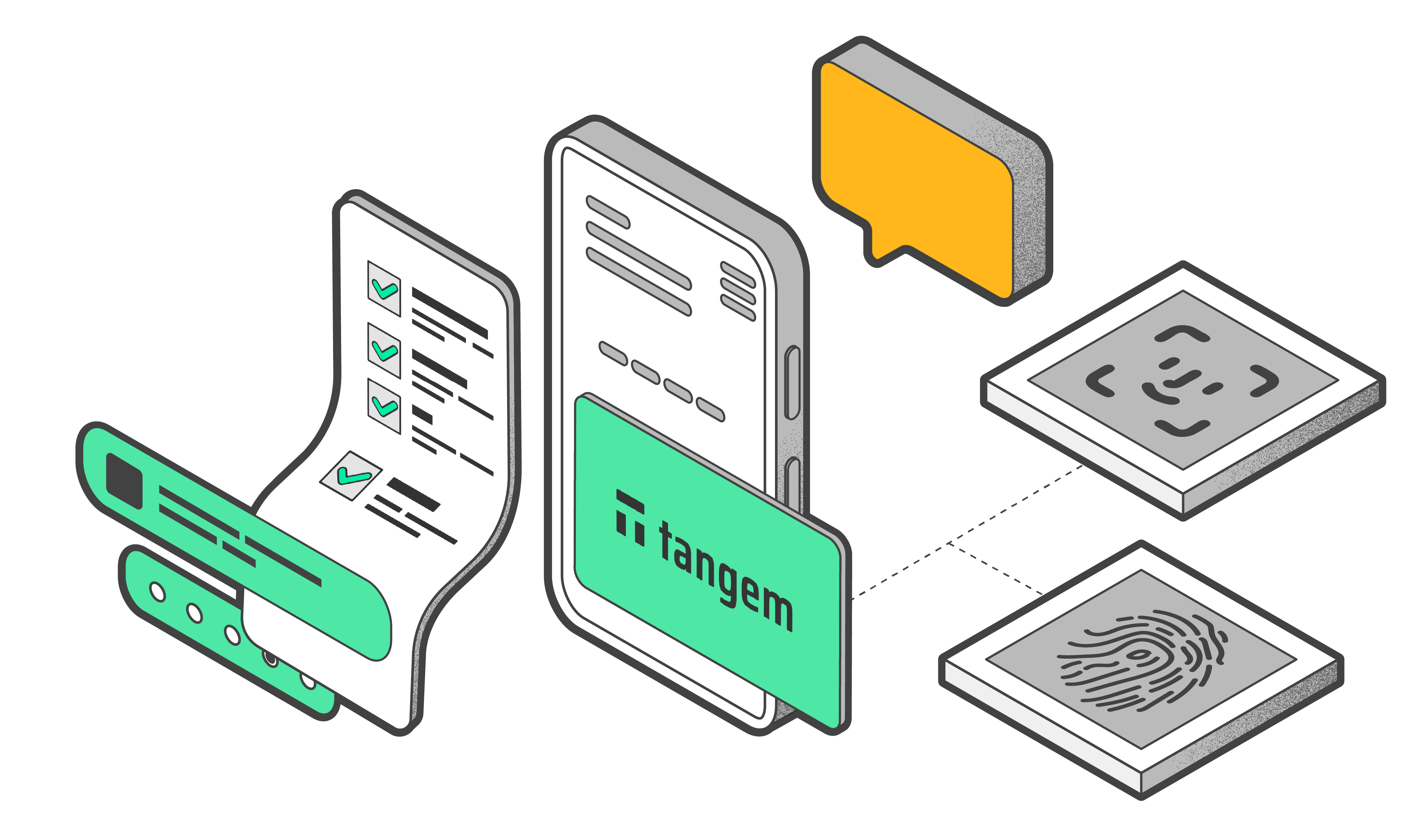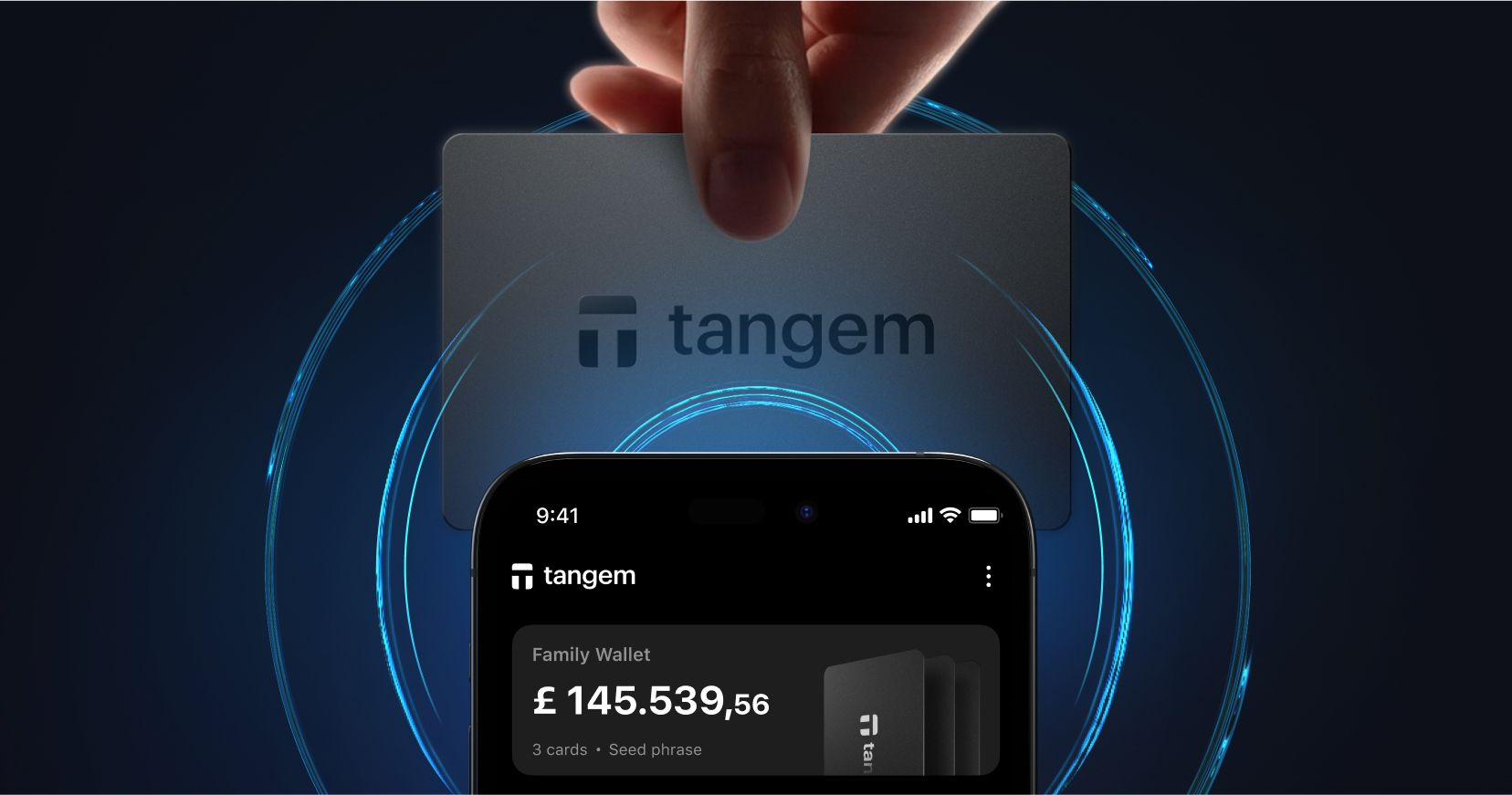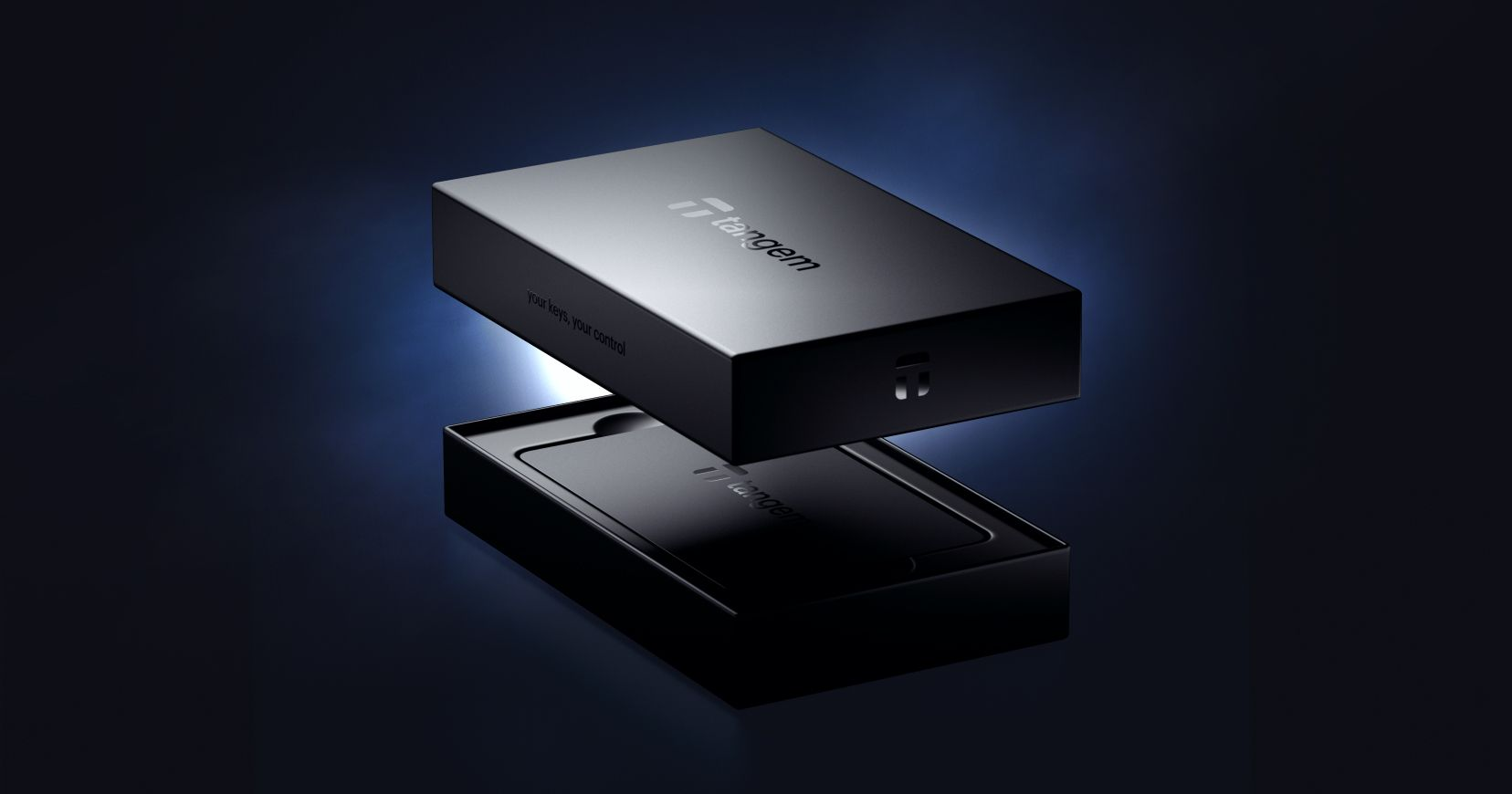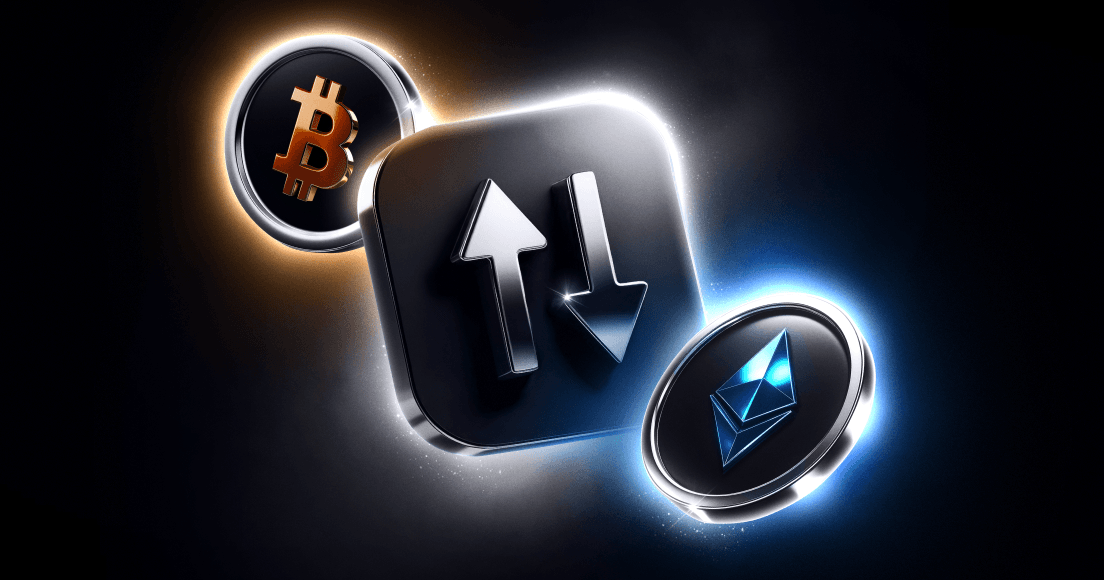
What is a Taproot Address in Bitcoin?

- What is Taproot?
- What Is a Taproot Address?
- How Does a Taproot Address Work?
- Why Taproot Addresses Are the Future
- How to Generate a Taproot Address
- Taproot Addresses: Difference From SegWit and Legacy
- Top Benefits of Using Taproot-Compatible Wallets
- Frequently Asked Questions About Taproot Addresses
- Conclusion
A Taproot address is a type of Bitcoin address that enables more advanced and private transactions on the Bitcoin network. It was introduced as part of the Taproot upgrade, which was activated in November 2021. This upgrade is one of the most significant improvements to Bitcoin's protocol in recent years, designed to enhance privacy, efficiency, and flexibility. Let’s break it down in simple terms.
What is Taproot?
Taproot is a Bitcoin upgrade that improves how transactions work on the Bitcoin blockchain. It introduces a new scripting language called Schnorr signatures, which replaces the older ECDSA (Elliptic Curve Digital Signature Algorithm). This change makes transactions more efficient and private.
The Taproot upgrade also introduces Merklized Abstract Syntax Trees (MAST), which allow users to create complex transactions (like multi-signature wallets or smart contracts) without revealing all the details on the blockchain. This makes transactions look the same on the surface, improving privacy.
What Is a Taproot Address?
A Taproot address is a Bitcoin address that uses the Taproot upgrade’s features. It starts with "bc1p" (for Pay-to-Taproot or P2TR addresses) and is designed to support more advanced transaction types while keeping them private and cost-effective.
How Does a Taproot Address Work?
When you use a Taproot address, the transaction process is streamlined:
Schnorr Signatures: Instead of using the older ECDSA signatures, Taproot uses Schnorr signatures. These allow multiple signatures to be combined into one, reducing the size of the transaction data.
MAST: If a transaction involves a smart contract or multiple conditions, MAST ensures that only the relevant part of the script is revealed on the blockchain, keeping the rest of the details private.
- Pay-to-Taproot (P2TR): Taproot introduced a new address format. It allows users to send Bitcoin to a Taproot address, which can seamlessly handle both simple and complex transactions.
Why Taproot Addresses Are the Future
Taproot is a big deal for Bitcoin because it improves privacy by making it harder for people to track or analyze your transactions. It also reduces costs via lower transaction fees making Bitcoin more accessible. Taproot opens the door for more advanced uses of Bitcoin, like decentralized finance (DeFi) and smart contracts, without changing Bitcoin’s core principles.
In summary:
- Privacy: Taproot makes it harder for outsiders to analyze transactions, which is a big win for user privacy.
- Efficiency: Smaller transaction sizes mean lower fees and faster processing.
- Flexibility: Taproot enables more complex and innovative use cases, like smart contracts and decentralized finance (DeFi), on Bitcoin.
- Scalability: By reducing data size and improving efficiency, Taproot helps Bitcoin scale to meet growing demand.
How to Generate a Taproot Address
To use a Taproot address, you’ll need a Bitcoin wallet that supports the Taproot upgrade. Many modern wallets now support Taproot addresses. When you create a new wallet, you’ll have the option to generate a Taproot address (starting with "bc1p").
Taproot Addresses: Difference From SegWit and Legacy
Bitcoin addresses have evolved over time, with each new format bringing improvements in efficiency, security, and functionality. The three main types of Bitcoin addresses are Legacy, SegWit (Segregated Witness), and Taproot. Each has its own unique features and benefits. Let’s break down the differences between these address types and explain why Taproot addresses are a significant upgrade.
1. Legacy Addresses
Legacy addresses are the original Bitcoin address format, starting with a "1" (e.g., 1A1zP1eP5QGefi2DMPTfTL5SLmv7DivfNa). These addresses were used from Bitcoin’s inception in 2009 until the introduction of SegWit in 2017.
Key Features of Legacy Addresses:
- Format: Starts with "1."
- Transaction Size: Larger transaction sizes because they don’t use SegWit’s data optimization.
- Fees: Higher transaction fees due to larger data size.
- Compatibility: Supported by all Bitcoin wallets and services, but less efficient than newer formats.
Limitations:
- Legacy addresses are less efficient and more expensive to use compared to SegWit and Taproot addresses.
- They don’t support advanced features like SegWit’s data separation or Taproot’s Schnorr signatures and MAST.
2. SegWit Addresses
SegWit (Segregated Witness) was a major upgrade activated in 2017 to address Bitcoin’s scalability issues. SegWit addresses start with "bc1q" (e.g., bc1qar0srrr7xfkvy5l643lydnw9re59gtzzwf5mdq).
Key Features of SegWit Addresses:
- Format: Starts with "bc1q."
- Transaction Size: Smaller transaction sizes because SegWit separates signature data (witness data) from transaction data.
- Fees: Lower transaction fees due to reduced data size.
- Compatibility: Supported by most modern wallets and services.
Benefits Over Legacy Addresses:
- Lower fees: By reducing transaction size, SegWit makes transactions cheaper.
- Increased Block Capacity: SegWit effectively increases the number of transactions that can fit in a block, improving scalability.
- Fix for transaction malleability: SegWit solves a technical issue called transaction malleability, which was a problem for Layer-2 solutions like the Lightning Network.
Limitations:
- While SegWit improves efficiency, it doesn’t offer Taproot's advanced privacy and flexibility features.
3. Taproot Addresses
Taproot addresses start with "bc1p" (e.g., bc1p5d7rjq7g6rdk2yhzks9smlaqtedr4dekq08ge8ztwac72sfr9rusxg3297).
Key Features of Taproot Addresses:
- Format: Starts with "bc1p."
- Transaction Size: Even smaller transaction sizes due to Schnorr signatures, which allow multiple signatures to be combined into one.
- Fees: Lower fees than both Legacy and SegWit addresses.
- Privacy: Enhanced privacy because complex transactions (like multi-signature or smart contracts) look the same as simple transactions on the blockchain.
- Flexibility: Supports advanced features like Schnorr signatures and MAST (Merklized Abstract Syntax Trees), enabling more complex and private transactions.
Benefits Over Legacy and SegWit Addresses:
- Improved privacy: Taproot makes it harder to distinguish between different types of transactions, enhancing user privacy.
- Lower fees: Smaller transaction sizes mean even lower fees compared to SegWit.
- Advanced functionality: Taproot enables more complex use cases, such as smart contracts and multi-signature wallets, without compromising efficiency or privacy.
- Future-proofing: Taproot lays the groundwork for future Bitcoin upgrades and innovations.
Limitations:
- Adoption: Not all wallets and services fully support Taproot yet, though adoption is growing.
Comparison Table: Legacy vs. SegWit vs. Taproot Addresses
Feature | Legacy Addresses | SegWit Addresses | Taproot Addresses |
|---|---|---|---|
Format | Starts with "1" | Starts with "bc1q" | Starts with "bc1p" |
Transaction Size | Largest | Smaller than Legacy | Smallest (Schnorr + MAST) |
Fees | Highest | Lower than Legacy | Lowest |
Privacy | Basic | Improved over Legacy | Enhanced (complex = simple) |
Functionality | Basic transactions | Basic + SegWit features | Advanced (smart contracts, MAST) |
Adoption | Universal | Widely adopted | Growing adoption |
Which Bitcoin Address Type Should You Use?
Here's a quick guide:
- Legacy: Only use Legacy addresses if you’re dealing with older systems that don’t support SegWit or Taproot.
- SegWit: A good choice for everyday transactions if your wallet or service doesn’t support Taproot.
Taproot: The best option for advanced users who want lower fees, enhanced privacy, and access to cutting-edge features.
Can You Send Bitcoin to a Taproot Address?
Yes, you can send Bitcoin to a Taproot address! Taproot addresses, which start with "bc1p", are fully compatible with the Bitcoin network. As long as the sender’s wallet supports Taproot (or at least recognizes the address format), you can send Bitcoin to a Taproot address just like you would to a Legacy or SegWit address.
However, not all wallets and services have fully adopted Taproot yet. If you’re using an older wallet that doesn’t recognize Taproot addresses, you may need to upgrade to a wallet that supports the Taproot upgrade.
Top Benefits of Using Taproot-Compatible Wallets
Using Taproot-compatible wallets offers several key benefits:
- Enhanced privacy: With Taproot, complex transactions (like those involving smart contracts or multi-signature wallets) look the same as simple transactions on the blockchain. This makes it harder for outsiders to tell what kind of transaction is taking place.
- Lower fees: Taproot transactions are more efficient because they require less data to be stored on the blockchain. This means lower transaction fees for users.
- Flexibility: Taproot allows for more complex scripting and smart contract capabilities, making Bitcoin more versatile without compromising its core principles.
Frequently Asked Questions About Taproot Addresses
1. How Do You Get a Taproot Wallet Address?
To get a Taproot wallet address, you’ll need a Bitcoin wallet that supports the Taproot upgrade. Here’s how to do it:
- Choose a Taproot-Compatible Wallet: Some popular wallets that support Taproot include Sparrow Wallet, BlueWallet, Electrum, and Ledger Live.
- Create or Import a Wallet: Set up a new wallet or import an existing one.
- Generate a Taproot Address: Look for an option to create a Taproot address (usually labeled as "Taproot" or "P2TR"). The address will start with "bc1p".
For example, in Sparrow Wallet, you can select "Taproot" as the script type when creating a new wallet. In Electrum, you can choose "Native SegWit (P2TR)" during setup.
2. What Makes Taproot Better Than SegWit?
Taproot improves upon SegWit in several key ways:
- Privacy: Taproot makes complex transactions (like multi-signature or smart contracts) look the same as simple transactions on the blockchain, enhancing privacy.
- Efficiency: Taproot uses Schnorr signatures, which allow multiple signatures to be combined into one, reducing transaction size and lowering fees.
- Flexibility: Taproot supports advanced features like MAST (Merklized Abstract Syntax Trees), enabling more complex and private transactions.
While SegWit was a significant upgrade over Legacy addresses, Taproot takes Bitcoin’s capabilities to the next level.
3. Are Taproot Addresses Widely Supported by Wallets?
Taproot addresses are becoming more widely supported, but adoption is still growing. As of 2023, many major wallets and services support Taproot. However, some older wallets or services may not yet recognize Taproot addresses.
If you’re unsure whether your wallet supports Taproot, check the wallet’s documentation or look for an option to generate a Taproot address (starting with "bc1p").
4. What Is a Taproot Type Address?
A Taproot-type address, also known as a Pay-to-Taproot (P2TR) address, is a Bitcoin address that starts with "bc1p". It is designed to support the Taproot upgrade’s features, including Schnorr signatures and MAST.
Taproot addresses are more private and efficient than Legacy or SegWit addresses, making them ideal for advanced users and complex transactions.
5. How Do I Get My BTC Taproot Address?
To get your BTC Taproot address, follow these steps:
- Choose and set up a taproot-compatible wallet: Create a new wallet or import an existing one.
- Generate the address: Look for an option to create a Taproot address. The address will start with "bc1p".
6. How to Get a Taproot Address on MetaMask?
MetaMask is primarily an Ethereum wallet and does not natively support Bitcoin or Taproot addresses. However, you can use a bridge or integration tool to connect Bitcoin Taproot addresses to MetaMask. Here’s how:
- Use a Bitcoin-Compatible Wallet: First, generate a Taproot address using a Bitcoin wallet like Sparrow Wallet or Electrum.
- Connect to MetaMask via a Bridge: Some platforms, like Wrapped Bitcoin (WBTC) or RenBridge, allow you to wrap Bitcoin and use it on Ethereum-compatible networks. While this doesn’t directly create a Taproot address in MetaMask, it lets you interact with Bitcoin-based assets.
- Explore Layer-2 Solutions: Platforms like the Lightning Network or Rootstock (RSK) can help bridge Bitcoin and Ethereum ecosystems, though they don’t directly support Taproot addresses in MetaMask.
If you’re looking to use Taproot addresses specifically, you’ll need a Bitcoin wallet rather than MetaMask.
Conclusion
Taproot addresses are a major step forward for Bitcoin, offering enhanced privacy, lower fees, and advanced functionality. While adoption is still growing, many wallets and services now support Taproot, making it easier than ever to generate and use Taproot addresses.
Whether you’re a casual user or a developer, Taproot opens up new possibilities for Bitcoin transactions. If you’re ready to take advantage of these benefits, make sure your wallet supports Taproot and start exploring the future of Bitcoin.

